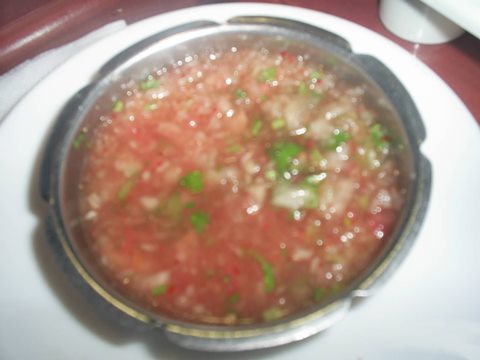Facts About Pebre
Pebre is a beloved Chilean condiment known for its robust flavor. It’s traditionally made with coriander, chopped onion, olive oil, garlic, and spicy ají peppers, with some variations including chopped tomatoes. This versatile sauce is perfect for spreading on bread or adding a zesty kick to meats such as choripán.
Interestingly, in northern Chile, "pebre" can refer to a sauce similar to Bolivian llajwa. The name "pebre" derives from the Catalan word for pepper, specifically indicating ají varieties of chili peppers. The origins of Chilean pebre trace back to Catalan workers who came to construct the Tajamares de Santiago. They created a sauce using cilantro, oil, vinegar, and salt, naming it pebre because of its primary ingredient, the ají pepper.
In Spain, "pebre" refers to a sauce made with vinegar, pepper, saffron, clove, and other spices. Across the ocean in Brazil, a similar sauce called Vinagrete is popular at churrascadas (barbecue gatherings). Mexico offers its own version, pico de gallo, often served with dishes like tacos de cochinita pibil and featuring onion, coriander, and tomato. Meanwhile, in the Dominican Republic, you’ll find wasakaka, a tangy condiment that commonly includes lime or sour orange juice.
No matter where you are, there's a good chance you'll find a version of this delicious, peppery sauce to spice up your meal!

 Bolivia
Bolivia